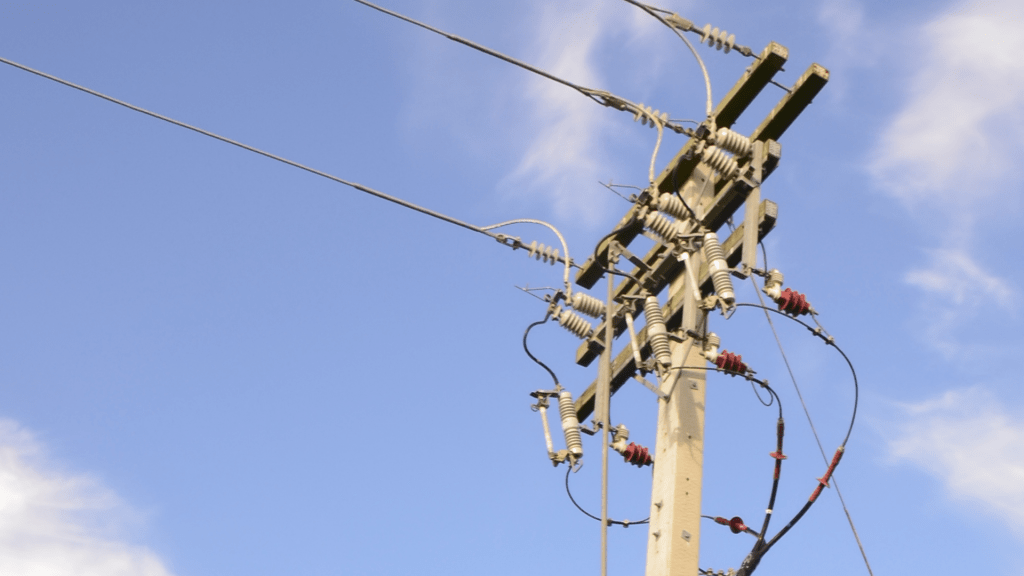Definition
Point-on-Wave (PoW) switching is a technique used in power systems to control the precise timing of circuit breaker operations in relation to the waveform of the alternating current (AC) voltage or current. The objective is to minimize electrical transients, mechanical stresses, and other negative effects associated with switching operations.
Application
Random switching of power system equipment can result in high-frequency overvoltage transients and inrush currents. These phenomena can stress the equipment, accelerating aging or causing dielectric failure. Point-On-Wave (POW) controllers, also known as Synchronous Switching Controllers (SSC), are advanced microprocessor-based relays designed to mitigate these issues. By controlling the operation of independent pole operation (IPO) circuit breakers (CB) to open and close at pre-determined points on the wave, POW controllers effectively minimize switching transients. This approach reduces disturbances to the network and lessens stress on the connected equipment.
Modern POW controllers leverage sophisticated algorithms, enabling optimal switching of capacitor banks, shunt reactors, power transformers, and both compensated and uncompensated transmission lines. Our team has extensive experience working with POW controllers from all major manufacturers.
How Does Point-on-Wave Switching Work?
The PoW control system continuously monitors the AC waveform (voltage or current) in real time. Based on the specific switching application (e.g., capacitor banks, transformers, or lines), the system determines the optimal point on the waveform to open or close the circuit breaker.
Examples
- Switching a transformer: Close near the zero-crossing of voltage.
- Opening a circuit under load: Break at zero-current crossing.
- Energizing capacitor banks: Close near voltage peaks to minimize inrush currents.
The system accounts for the operating delay (mechanical and electrical) of the circuit breaker. It calculates the exact moment to issue a command so that the breaker contacts meet or separate at the desired point on the waveform. A high-speed control system sends the command to the circuit breaker, ensuring it operates at the pre-determined point on the waveform.
Uses of Point-on-Wave Switching
- 1. Reduction of Transients
- Minimizes inrush currents, overvoltages, and harmonic distortion.
- Reduces equipment insulation stress and improves reliability.
- 2. Protection of Equipment
- Prolongs the lifespan of transformers, capacitor banks, and other power equipment.
- 3. System Stability
- Enhances the overall stability of the power system by reducing dynamic disturbances caused by switching events.
- 4. Energy Efficiency
- Reduces energy losses by ensuring smoother switching transitions.
- Ensures smooth connection and disconnection of renewable energy sources, reducing the impact on the grid.
Application Areas
- Transformer energization
- Avoids high magnetizing inrush currents.
- Switching at current zero minimizes inrush currents and electromagnetic transients.
- Capacitor bank switching
- Reduces transient overvoltages and inrush currents.
- Switching at voltage zero prevents high inrush currents and overvoltage surges.
- Shunt reactors
- Eliminates transients during energization and de-energization.
- Load switching
- Reduces arcing and contact wear during switching.
- Minimizes mechanical wear on circuit breaker contacts by reducing the forces during switching.
International Standards
Several standards provide guidance for the design, testing, and application of PoW switching systems:
- IEC Standards
- IEC 62271-100: Specifies high-voltage alternating-current circuit breakers, including PoW switching requirements.
- IEC 62271-302: Focuses on PoW switching in relation to high-voltage switchgear and controlgear.
- IEC 60076-16: Provides guidelines for the mitigation of inrush currents during transformer energization.
- IEC 60060: High-voltage testing techniques.
- IEC 61000-4-30: Power quality measurement methods, relevant to assessing the impact of PoW switching.
- IEEE Standards
- IEEE C37.06: Details the application of circuit breakers, including PoW-related aspects.
- IEEE C37.90.1: Discusses surge withstand capability of relay systems, which are often integral to PoW control systems.
Benefits of Implementing PoW Switching
1. Improved Reliability: Reduces wear and tear on electrical equipment and circuit breakers.
2. Enhanced Safety: Minimizes arcing and the risks associated with transients.
3. Cost Savings: Reduces maintenance and replacement costs for equipment.
4. Compliance: Meets international standards for transient mitigation and system stability.
Point-on-wave switching is becoming increasingly essential as power systems incorporate more sensitive equipment, renewable energy sources, and complex network configurations.
Challenges in PoW Switching
1. Precise Calibration: Requires detailed knowledge of breaker operating times and system characteristics.
2. Cost: Initial setup of PoW systems can be expensive due to advanced controllers and monitoring systems.
3. Complexity: Implementation may require integration with SCADA or other monitoring systems.
By adhering to international standards, PoW switching ensures compatibility and reliability across various electrical systems, improving both performance and safety.
